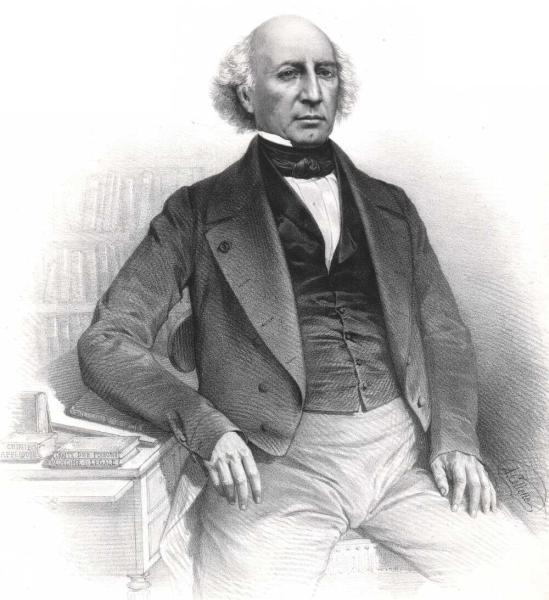Recent Workshop
The most recent workshop of the Beyond Science and Decisions series was conducted at the National Institute for Occupational Safety and Health (NIOSH) in Cincinnati, Ohio, in February of this year. This previously described workshop series is run under the aegis of the Alliance for Risk Assessment (ARA), a collaboration of organizations that fosters the development of technical chemical risk assessment products and services, through a team effort of specialists and organizations. The ARA is dedicated to protecting public health by improving the process and efficiency of risk assessment, and to increasing the capacity for developing risk values to meet growing demand. The ARA coordinates with Federal and State Agencies whenever possible to ensure the best use of available resources, and to avoid duplication of effort.
Research case studies at this recent workshop included:
- Occupational Exposure Banding 2.0: Characterizing Risks for Chemicals with Limited Data
- Use and Application Of Real-Time Exposure Monitoring
- Applying Hypothesis-Testing Methods to Help Inform Causality Conclusions from Epidemiology Studies
- Understanding Weight-of-Evidence of Ototoxicity from Co-Exposures to Noise and Chemicals in the Workplace
- Risk/Benefit Methods for Carcinogenicity/Sterilization with Ethylene Oxide as an Example
- Risk Assessment Methods of Flavoring in E-vapor Products
Ongoing research ideas presented in this workshop included:
- Data derived extrapolation factors for developmental toxicity: A preliminary research case study with perfluorooctanoate (PFOA)
- A repair for non-cancer assessment: Introducing the Truly Adverse Dose (the TAD)
- Proposal on the Epidemiology Peer Review Council
- Novel and integrated approaches to modeling aggregate exposure to chemicals across different conditions of use and routes of exposure
- Bridging the epidemiology risk assessment gap: An NO2 case study of the Matrix
This workshop series will continue in February 2021 at a location in Washington DC, or perhaps virtually, depending on the status of the pandemic. Case studies and risk assessment presentations are currently being solicited.
History
The Science & Decisions report focusing on environmental risk assessment was published by the National Academy of Sciences (2009). The report discussed new methods and new approaches, included a formalized problem formulation step, and encouraged the use of defaults in risk assessment but also stepping away from these defaults when data were available. Although the report generated a lot of interest, no formal method for carrying on the work was established, until the Steering Committee of the Alliance of Risk Assessment (ARA) was petitioned by the Texas Commission on Environmental Quality. The petition was accepted, and a project Advisory Committee was formed. The Advisory Committee included folks from different interested organizations, including government, industry, and NGOs. This committee extends the work of the NAS (2009) by focusing on progressive risk methods that are fit to a purposeful assessment and that are written in the design of a research case study with a risk method and example of either a specific chemical or physical agent, chemical mixture, or risk management technique. The Advisory Committee also recommended the formation of a Science Panel for this workshop series to give feedback to proffered case studies. The Steering Committee of the ARA agreed, and a Science Panel was formed of prominent risk assessment scientists.
These workshops are interactive and both the science panel and observers provide an extraordinary set of comprehensive comments. Research cases studies and participation are invited from all groups interested in environmental risk assessment.




